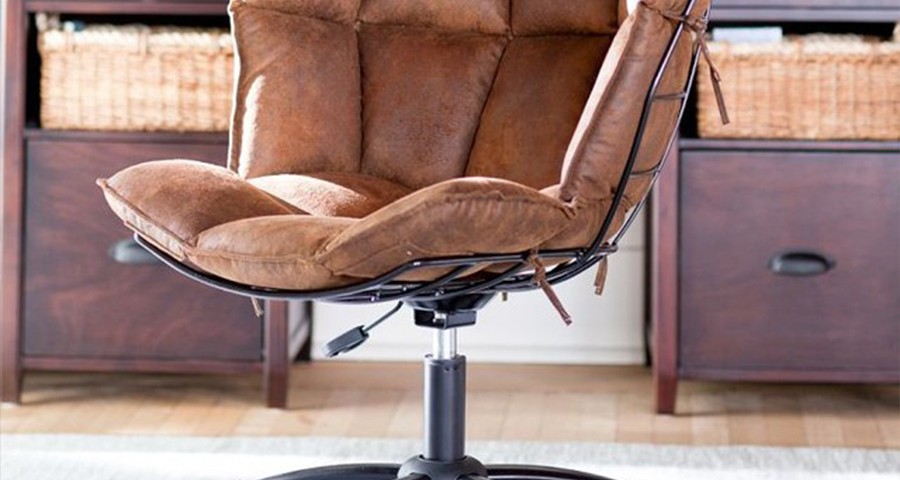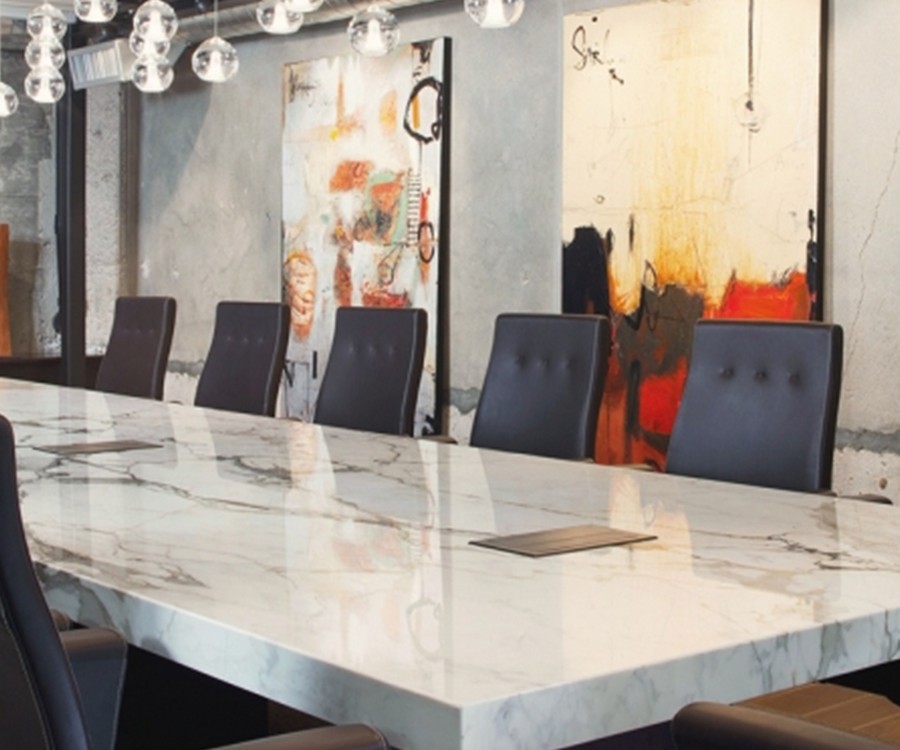5 Key factors to consider for picking the perfect office chair

Use Design to Promote an Epic Office Culture
March 8, 2016
10 Questions to Ask When Designing Your Office
April 18, 20165 Key factors to consider for picking the perfect office chair

If you spend the majority of your working day in an office chair (like me) then you can understand how important it is that you choose an office chair that ticks all the boxes. I have put together the following tips to help you choose the right office chair and hopefully I’ve made you look at a few aspects that you haven’t thought of.
If you’re an office furniture buyer, then please take a look at the following 5 key factors and take them into consideration before you buy the same chair for all of your office staff. You want to cater for the masses rather than go purely on price or it will come back to haunt you later on down the line.
I have given detail on each of the below key factors, you can either scroll down or just click the key factor below and it will take you to that paragraph.
- Adjustability
- Ergonomics
- Recline-Ability
- Chair Height
- Seat Depth
- Armrests
- Lumbar Support
- Seat Material
- Leather
- Leather Faced
- Fabric
- Mobility
- Fixed
- Castor
- Price Point
- Lifetime
1. Adjustability
Lets face it, people come in all different shapes and sizes. Being able to adjust your office chair is paramount to finding the most comfortable position to sit in. Not only can a bad seating position make you uncomfortable but it also has serious health implications, such as back pain and strain injury. A healthy worker can be a happy worker. The last thing you need is an employee taking the day off due to back pain.
Ergonomics

Ergonomic Office Chair
In a nut-shell ergonomic office chairs are specifically designed with the human skeletal system in mind and are often contoured to the same shape. It is the scientific application of information acquired about the human body and applied when designing a specific object, in this case an office chair – thus making them far more efficient and comfortable to use.
A good ergonomically designed office chair will help get you into the correct seating position, while still being fully comfortable and will provide you with a stable base for a variety of postures without restricting body movement. Personally the only down side is that the odd person doesn’t feel comfortable with an ergonomic office chair (this is usually down to them being seated for a long period of their life incorrectly), something else to take into consideration is anybody with a disability or spinal abnormalities, as ergonomic office chairs are designed for the ‘average person’.
Recline-Ability

Recline – Ability
Another key feature of a good office chair is having the ability of the back rest to recline / decline to suit the shape and size of your body. The perfect position to get your back rest into is to slowly recline until the base of your back (lower spine) is fully supported by the back rest at the same time being fully sat back, so your bottom is as far back as possible on the chair base. The worse position for your back rest to be in is forwards, as this will often make you lean the same way (sort of crouching), which can lead to spinal problems when used for a prolonged period of time.
Chair Height

Chair Height
This is the most important feature and is standard on 99% of office chairs the other 1% tend to be fixed point office chairs and often don’t come with any mobility (more like a chair you would sit in when having an interview). The perfect position to get the most out of your office chair is to have the height parallel with the length of your calf, with your feet rested flat on the floor without any compression on your thighs, otherwise you might restrict the blood flow to the lower portion of your legs and feet, which can result in pins & needles (tired and possibly numbness).
If you office desk is adjustable, it helps find the absolutely perfect position for you to sit and work in. If not, then your office chair should be adjusted according to the height of your office desk (while bearing in mind my first point above). The best position is to lower your chair so your elbows are just above the table top, if your feet don’t rest flat on the floor then definitely consider getting a foot rest.
Seat Depth

Seat Depth
If the seat depth isn’t adjustable on your office chair, then the chair might not suit your needs perfectly. A good office chair should come with a seat depth control, if not then it will be set as standard and should allow you to sit right at the back of the base without any undue pressure on the backs of your knees. The optimal seating position is not to crouch and for your bottom to reach the far back of the office chair. Remember no slouching. If you find yourself slouching / bending forward throughout the day without realising it, then its simply because your office chair has not been attuned to your perfect seating position.
Armrests
Having an armrest on your chair all depends on what type of work you do at your chair. I personally prefer no armrests, this allows me to get right close up to my desk and have my torso parallel with my back rest, and rest my elbow on the desk. If I did have armrests, then I wouldn’t be able to get as close to my desk as I would like as the arm rests would stop my chair from going under the desk properly. However if I’m interviewing staff or sat at a reception desk, then the arm rests really do come in handy. Or if you choose a chair with adjustable armrests then you can have the best of both worlds.
The best type of ergonomic office chairs come with fully adjustable (height & depth) armrests. The armrests should be soft and comfortable and allow you to support the weight of your forearms and elbows without causing discomfort. They should also be adjustable as to allow your body size to be taken into consideration. Without being politically correct, if your overweight then the last thing you want is two arm rests stuck in your rib cage. Some ergonomic chairs come with armrests which move to the side, allowing you to get close your desk.
Lumbar Support

Backrest & Lumbar Support
It is essential that you choose a chair with a moveable back rest with a shape and size which is in proportion to your body frame (fat, thin, medium, tall, small etc.). The lumbar support takes most of the weight from you leaning backwards (you should never lean forward on an office chair, it can seriously damage your spine over a long period). A good lumbar support office chair will support the lower and middle part of your back properly without any restriction of your arms or shoulders. The back rest should help you maintain the natural shape of your body (often referred to as an S-shape) and spine.
2. Seat Material

Office chair material
Let’s face it, choosing the right material for your office chair is not really taken into consideration when making a purchasing decision. However it should be! Choosing the right material constitutes a lot towards the longevity and the operating circumstances of your office chair. Different materials are better for different applications of your office chair, e.g a leather office chair might be very comfortable and look the business but this material is more suited for a part-time office chair rather than being sat on for 8+ hours per day.
Leather
Leather office chairs not only look excellent but they can be customised to the look and feel of your office design. Generally leather office chairs aren’t great for long days at the office (especially on summer days!) but they are generally a lot more comfortable than standard fabric office chairs. Leather office chairs tend to last a lifetime (15 years+).
Leather Faced
Whats the difference between leather office chairs and leather faced office chairs? The main difference is that leather faced means that only the top layer of visible material is made from leather – meaning it costs a small fraction as a full leather chair. Leather faced is nowhere near as good quality as full leather office chairs, however they are still an excellent substitute. Don’t let
this put you off; at home and in the office I use a leather faced operator chair and have had the same one at home for the past 6 years (cost me £39). The leather is still the same color as when I bought it, but it’s started to fray very slightly at the seems, but can’t complain for the price.
Fabric
Now if you want a good compromise between an expensive leather office chair that will last you a lifetime and something that is just as comfortable and is a fraction of the price (yes, it won’t look as good) then a fabric office chair is the only way to go. 99.9% of operator chairs and office chairs in general are made of fabric. You must be warned that not all fabric office chairs are the same, when choosing fabric make sure you take a look at the quality of the fabric weave and the width, otherwise you might be buying low quality fabric that won’t last through those long office days, especially if you’re a buyer for your company. The last thing you need is having to replace 100 office chairs every few months.
3. Mobility
How easy is the chair to move? What does it weigh? Can you lift it? These are all questions you should be thinking about when choosing your office chair. Think of the surface your office chair will be placed on, if it’s a deep pile carpet or on a rug then castor wheels are pretty useless. Do you need or even want the chair to be moved? (like in a meeting room or reception area). If you prefer the chair to be in a fixed position then a 4 legged chair will work much better.
Fixed
Chairs generally should allow movement in the office place, but fixed chairs tend to come in very handy in environments where the chair performs better remaining static. If you work in front of an office desk, then a fixed office chair isn’t the ideal solution but if you are having visitors at the other side of your office desk then fixed chairs are perfect. Fixed chairs also work very well in meeting rooms and training rooms as all you really need them for is to sit down on. Another great application for fixed office chairs is at writing desks, where support is not really needed while you are writing.
Castor
Castor based office chairs are excellent for sliding around the office space. The harder and flatter the surface the better the castors work. Castors tend to perform less well when they have to slide against or on high friction material such as carpet. Wooden floors or tiles work brilliantly with castor wheels
4. Price Point
Do you have a budget set yet? Get your budget made per chair but don’t be afraid to take into consideration the life cycle of your new chair, how long it will last, it’s applications, who will be seated on it. So try to be a little flexible, paying the extra for better quality fabric is definitely worth the recommendation.
5. Lifetime
There’s a great article over at Guy Osmond‘s blog –http://guyosmond.wordpress.com/2013/03/25/how-long-should-an-office-chair-last/ that goes into detail about the life cycle of an office chair and is definitely worth a read.
Key Take Away
Once you’ve chosen your office chairs, make sure you or your staff know how to use them properly!! There’s no point in giving your staff great office chairs if they don’t know how to use them properly.





